The Everest Three Pass trip is more than just a trip; it’s a transformative journey into the heart of the Himalayas, displaying the wild beauty and raw majesty of the Everest area. As we begin on this virtual journey, let us discover the charm of this journey, which features three difficult mountain passes and a tapestry of scenery that will fascinate the senses.
Table of Contents
The Route
The Everest Three Pass Trek follows a difficult circuit that takes you through some of the most magnificent vistas in the Everest area. The trek begins with the Kongma La Pass, which stands at an elevation of 5,535 meters. To climb this challenging route, trekkers commence on a steep ascent, negotiating rocky terrain and cold parts. The summit reward is a wonderful view of the surrounding peaks, including the famed Mount Everest. The path then winds past lovely Sherpa settlements and deep rhododendron woods, providing a juxtaposition of colorful cultural interactions and quiet natural beauty.
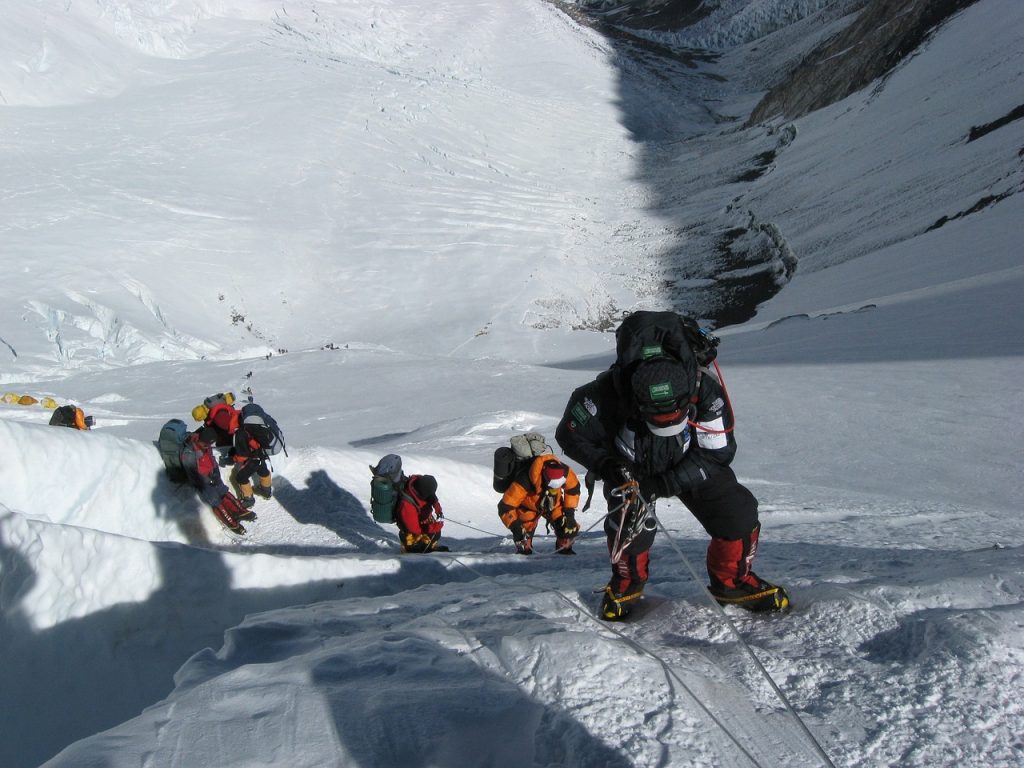
Following Kongma La, the walk continues to Cho La Pass, which is at an elevation of 5,420 meters. This section of the route features difficult ascents and descents, with trekkers negotiating ice slopes and traversing glacial landscapes. The pass serves as an entry point to the turquoise Gokyo Lakes, a stunning collection of glacial lakes set among towering hills. As the hike advances, the path leads to Renjo La Pass, which stands at 5,360 meters. This crossing brings the trip to a close, with hikers climbing to panoramic panoramas of the Everest area, capturing the essence of the wild beauty that characterizes the Everest Three crossing trip.
Recommended Read: Luxury Everest Base Camp Trek
Scenic Beauty
The Everest Three Pass Trek’s visual splendor is a symphony of nature’s majesty, unfolding in a spectacular sequence as trekkers cross varied terrain. The walk begins with beautiful rhododendron woods and picturesque Sherpa settlements and ends with a kaleidoscope of colors and cultures. As hikers rise, the landscape changes to a rocky alpine habitat dotted with beautiful snowfields and enormous glaciers. The vista is dominated by towering peaks such as Everest, Lhotse, Nuptse, and Ama Dablam, their snow-clad summits sparkling in the crisp mountain air. The walk also takes you to the breathtaking Gokyo Lakes, a succession of turquoise gems tucked among high-altitude vistas that reflect the surrounding peaks like mirrors to the skies.
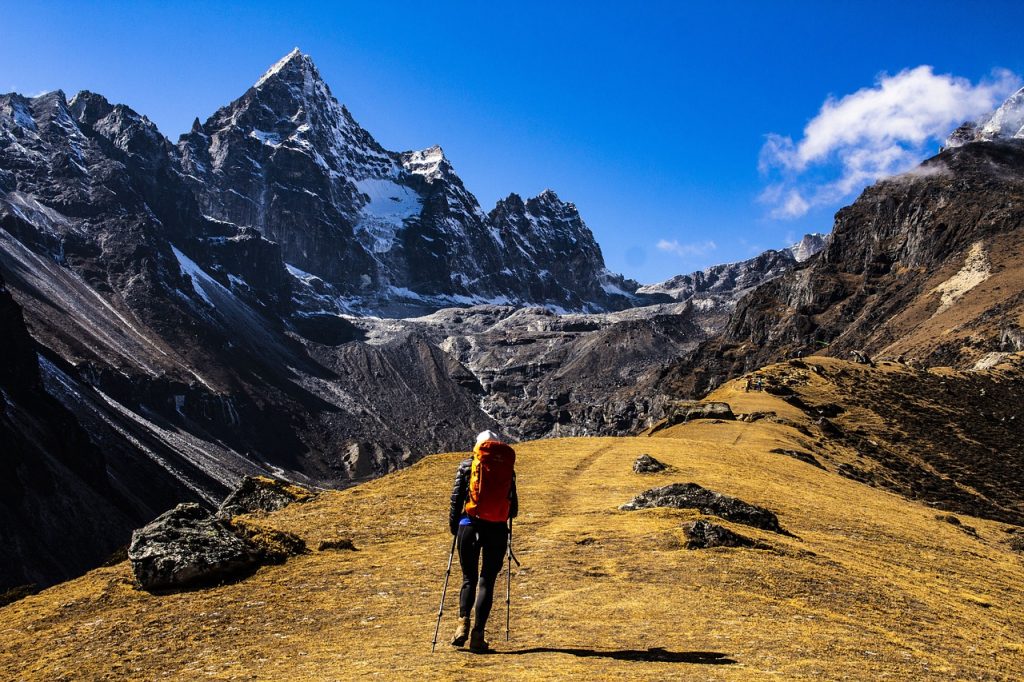
Each stage of the tour reveals a different aspect of the Everest region’s magnificence. The austere, arid landscapes provide a dramatic background, highlighting nature’s raw strength. The views from the three high passes—Kongma La, Cho La, and Renjo La—are breathtaking, providing an unimpeded canvas of snow-capped peaks and broad valleys. The changing colors of the mountains as the light changes throughout the day give an ethereal element to the walk, leaving an unforgettable impact on the hearts of those who are lucky enough to experience such natural magnificence. Everest Base Camp Trek is a visual feast, a journey in which every turn in the route unveils a postcard-perfect sight, creating an exquisite tapestry of beauty that resonates long after the trek is completed.
Cultural Encounters
The Everest Three Pass Trek is more than simply a physical challenge; it is also a cultural journey that allows trekkers to immerse themselves in the rich Sherpa culture. Along the way, old monasteries serve as timeless testimonies to the region’s spiritual legacy. Tengboche Monastery, positioned on a peak with commanding views of Everest, transforms into a spiritual haven for trekkers, providing a look into the calm world of Buddhist rites and prayer ceremonies. The colorful prayer flags flapping in the mountain air create a magical environment, and trekkers are often able to watch or participate in local events, giving cultural richness to the walk.
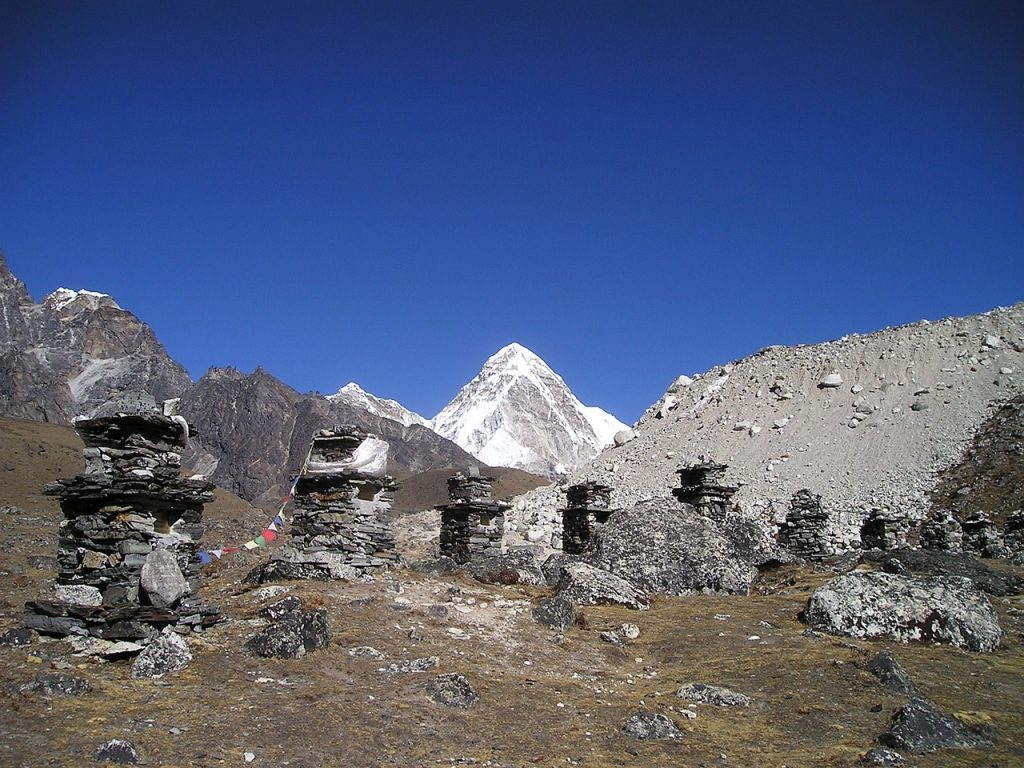
The path is dotted with vibrant Sherpa communities like as Namche Bazaar, Pangboche, and Thame, giving hikers the opportunity to engage with the friendly inhabitants. The Sherpa people’s remarkable hospitality encourages cultural interactions, as trekkers are welcomed into traditional homes and teahouses. The architecture of the settlements, with finely carved wooden facades and prayer wheels, symbolizes the distinct Sherpa culture that has thrived for generations in the tough Himalayan climate. These cultural exchanges throughout the Everest Three Pass Trek not only provide a glimpse into the Sherpa way of life, but also help trekkers form enduring bonds with the tenacious tribes who call the Everest area home.
Recommended Read: Journey to the Top of the World: Everest Base Camp Trekking Preparation
Challenges and Rewards
The Everest Three Pass Trek is a challenging adventure that rewards you with unforgettable experiences. The most difficult difficulty is the physical strain of traversing over high-altitude passes that reach 5,000 meters in elevation. Trekkers must struggle with steep ascents, rocky terrain, and ice slopes, as well as the affects of altitude, such as lower oxygen levels. Acclimatization becomes critical to reducing the danger of altitude sickness, necessitating careful preparation and patience as trekkers adjust to the thinner air.
Unpredictable weather conditions exacerbate the difficulties. Weather extremes, such as snowstorms and cold temperatures, necessitate hikers’ readiness and fortitude. Despite these challenges, the Everest Three Pass Trek offers immense benefits. Each pass climbed provides stunning vistas of the world’s tallest peaks, including Mount Everest, Lhotse, and Ama Dablam. Standing atop these high-altitude viewing spots provides a sense of success that surpasses physical exertion, producing enduring memories and a strong connection to the Himalayas’ awe-inspiring vistas.
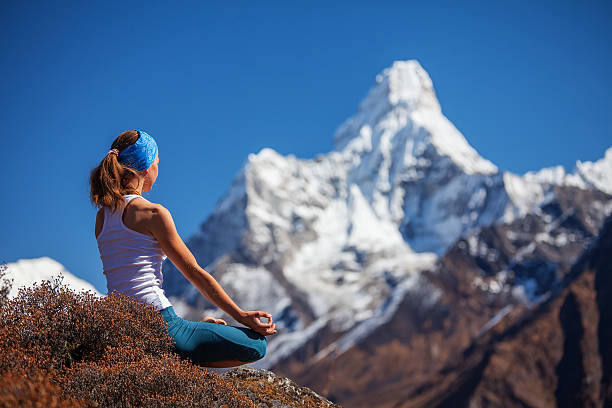
Furthermore, the journey gives cultural rewards as hikers meet the hospitality of Sherpa settlements, old monasteries, and the region’s colorful customs. The friendship built among fellow trekkers, as well as the resilience acquired in the face of difficulties, contribute to a transforming experience. Finally, the Everest Three Pass Trek is a really remarkable trip, carving itself into the annals of those seeking the unusual in the heart of the Himalayas.
Best Time to Trek
The optimal time to begin the Everest Three Pass Trek is critical for a safe and pleasurable journey. The hike is best done during the pre-monsoon (spring) and post-monsoon (fall) seasons. The weather is rather consistent throughout spring, which normally lasts from March to May, and the landscape comes alive with blossoming rhododendrons and other vivid vegetation. Temperatures are warmer, and clear skies allow good vision for the breathtaking mountain panoramas, giving it an ideal season for trekkers to face the difficult routes without the severe winter conditions.
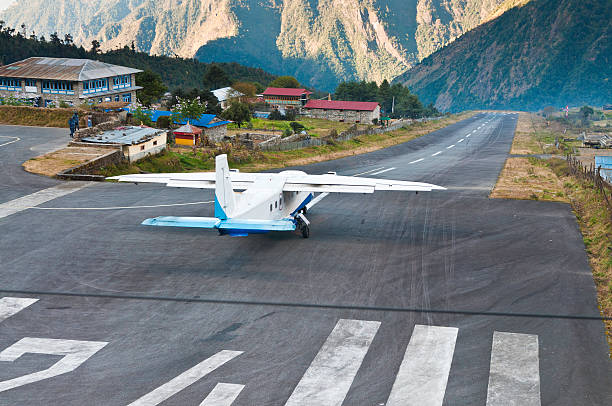
Similarly, the fall months of September to November offer another good time for trekking. The post-monsoon season delivers crisp, bright days with breathtaking vistas of the snow-capped summits. The consistent weather conditions during this time of year make trekking more pleasant and safer, with the added advantage of the surrounding landscapes displaying the beautiful tapestry of fall hues. Trekkers should avoid the winter months (December to February) because harsh cold, heavy snowfall, and ice conditions can make the journey dangerous. Choosing the optimal time to hike allows trekkers to completely experience the grandeur of the Everest region while reducing the hazards associated with inclement weather.
Conclusion
The Everest Three Pass Trek is a symphony of difficulties and pleasures, a symphony of natural beauty and cultural depth. This journey welcomes people looking for an out-of-the-ordinary adventure to see the breathtaking landscapes of the Everest area. As you make your journey across the three passes, keep in mind that each step is a testimonial to your unbreakable spirit and a portal to the wild grandeur of the Himalayas. Accept the struggle, taste the benefits, and let the Everest Three Pass Trek become a woven thread in the fabric of your most treasured trips.

